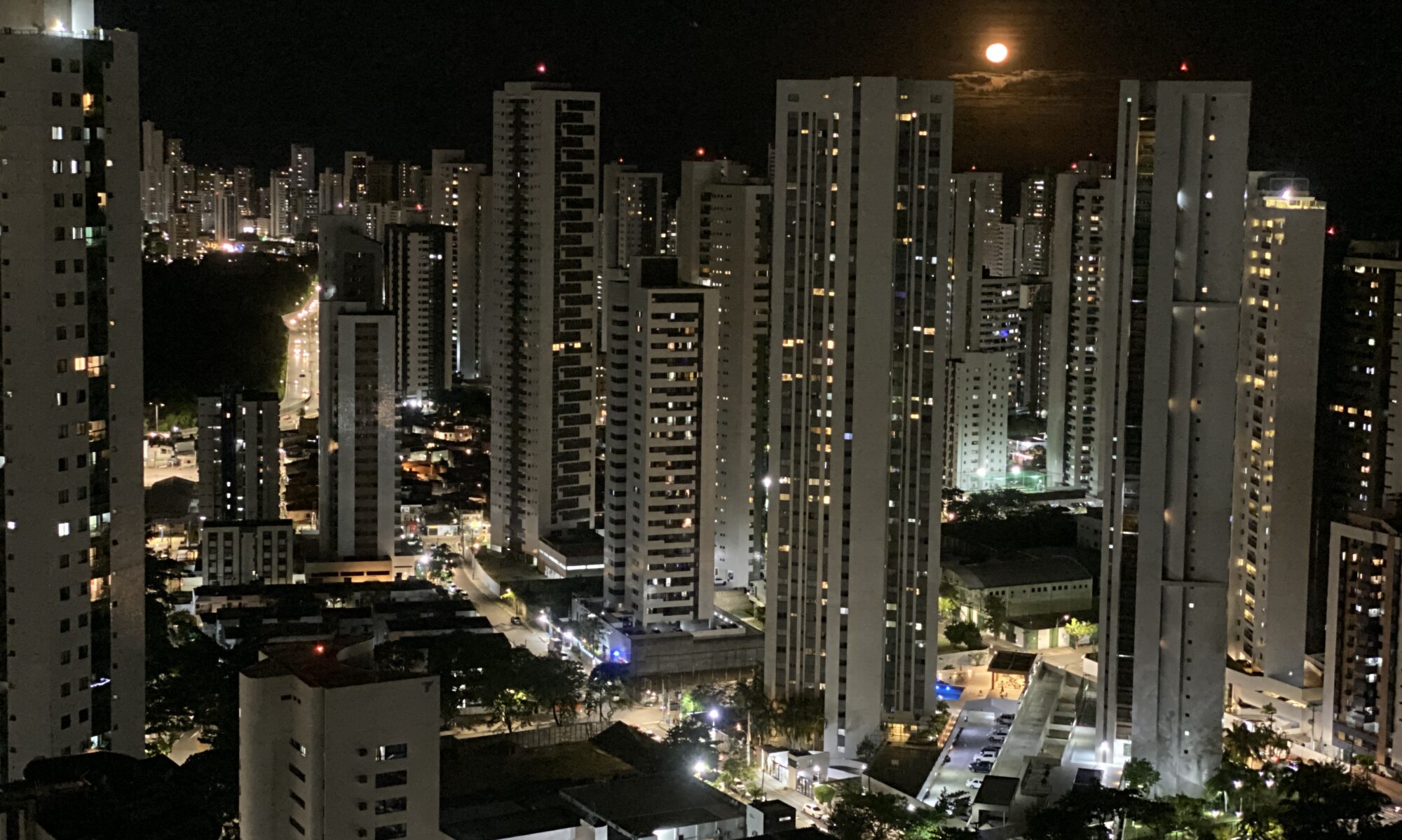“Land of all peoples” is how Paraná has been known since becoming a territory comprising more than 30 races. Poles, Italians, Germans, Ukrainians, Dutch, Syrian Lebanese, Jews, Japanese – all these and many more besides have adopted it as their own land and have put down roots there. Even without finding the gold that attracted the first adventurers, since the beginning of immigration they have dug out of the soil the wealth that, in time, turned the state into Brazil’s fifth largest economy.
For many years, the forests of Paraná have been devastated in order to make way for cattle-rearing. Today, reversing that initial course, the state is developing a recovery programme for rivers and areas that are suffering from erosion, acknowledged world-wide, and is mounting an intensive effort towards the conservation of its ecosystems. Favoured by a sub-tropical climate, with temperatures that generally vary from 10 to 22 degrees centigrade throughout the year, the vegetation of Paraná differs according to that climatic variation: in the coldest places, forests of Paraná pine (araucaria) predominate and in the coastal regions are preserved sanctuaries within the Atlantic Forest such as the Island of Mel, the Guaraqueçaba Ecological Station and the Superagui National Park where large areas of mangrove and animals threatened with extinction are conserved. Not to be forgotten is the Iguaçu National Park covering an area of 220,000 hectares – 170,000 in Brazil and 50,000 in Argentina – declared as being a World Heritage Site by UNESCO.
In recent decades, with the sudden swing towards concern for nature, the state capital, Curitiba, has also taken considerable trouble to preserve its greenness. Nowadays, the city – which has become known all over the world for its urban solutions – retains an area of 52 m2 of green per inhabitant which is considerably more than the 16 m2 recommended by the UN.
Paraná is situated in the centre of the most industrialized region of Latin America: contained within a 1,300 km band are Brazil’s most important economic poles as well as the capitals of Uruguay, Argentina and Paraguay. Occupying a strategic point on the map of Brazil, the state has opened its doors to Mercosul and its market of almost 200 million inhabitants and has invested heavily in agro-industry. With an industrial base of 24,000 companies, it is aiming to process what has been established in the state itself and only then distribute what it produces via its own sea port, Paranaguá, the largest exit point for Brazilian grain. And speaking of grain, the state is responsible for 23% of Brazil’s total production, particularly in relation to the growing of wheat, maize, cotton, soya, beans, potatoes and coffee. In addition, the state has 8.5 million head of cattle, producing 1.3 billion litres of milk a year.
Located in Paraná is the Brazilian portion of the Itaipu hydroelectric plant, on the River Paraná. Together with other plants such as those at Foz da Areia, Salto Santiago, Salto Segredo and Salto Osório on the River Iguaçu, the state produces 25% of Brazil’s electricity. It takes advantage of the dams to attract tourists such as in the case of Itaipu Lake, an area bounded by around 1,300 km of shoreline, part of which faces the Iguaçu Falls.
The economic and social integration of Paraná has been moving forward by means of the modernization and expansion of a well-structured road network. There are 15,300 km of roads and 3,370 km of rail track which fulfil a variety of functions such as drawing off agro-industrial production, linking the regions and promoting ecological tourism. In relation to the latter, by leaving the cosmopolitan city of Curitiba, the traveller will come upon the mystery and tranquillity of places such as Vila Velha; the Falls and the immense scale of Foz do Iguaçu; the pleasant climate of Cascavel, Londrina and Ponta Grossa; and travelling along the 98 km coastline, there is Paranaguá Bay covering an area of 300 km2 with the cities of Paranaguá and Antonina that form a splendid lake complex that is rich in mangroves.
Between the plains and the coast, one of the state’s most alluring routes is the one followed by the Imperial Railway which since 1880, has linked Curitiba with Paranaguá. The precipices of the Serra do Mar in the middle of the Atlantic Forest are skirted by 100 kilometres of track, passing through tunnels, over bridges, viaducts and ravines washed by waterfalls. For those who prefer to go by road, the same section can be travelled by the Graciosa highway which still has stretches that have the original 1873 surface, adorned by kilometres of giant hydrangeas and where, during a pause to enjoy the view, the visitor can enjoy the state’s most typical dish, barreado. A legacy of the Brazilian Indians, this delicacy is prepared with salted beef, bacon and spices which must be cooked together for ten hours in a clay pot with a crust of moistened cassava flour. The resulting shredded meat is

